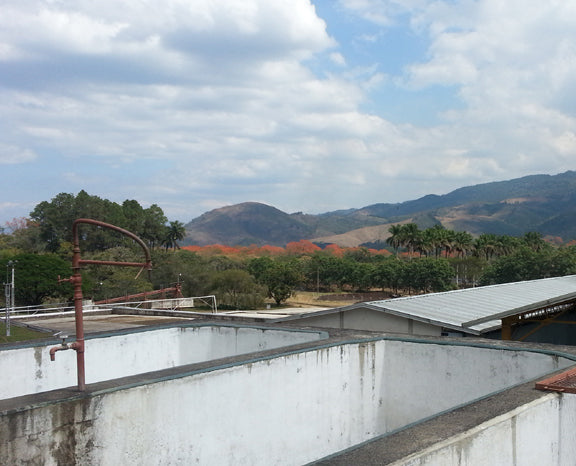Coffee Processing: Washed method
Did you know that processing coffee is as important as tree variety and roasting when it comes to quality flavor?
When Americans shop for coffee, we tend to focus on where it comes from as an indicator for taste. If we had one great coffee from Colombia, we assume that all coffees from Colombia must taste kind of like that first one we tried. There are so many factors that go into what a coffee tastes like. Region and climate play a part, but a small part in the grand scheme of things.
The varietal of coffee (type of coffee plant), the green coffee processing and the coffee roasting play major roles in determining what it will ultimately taste like. All the flavor potential in coffee develops during growing. During processing and roasting, those flavors are unlocked. Of course, coffee can lose flavor or have its flavor damaged easily along the way, so each step takes careful precision!
For the next couple weeks, I’d like to focus on the methods used to process green coffee beans. This occurs after the coffee cherries are picked and before they are shipped to be roasted.
Wet and Dry Processing
There are two main categories of coffee processing that occur: wet and dry. Here, we will talk about the wet method.

Fermentation baths
Wet, or “washed” processes are the most popular today. In this type of process, farmers pick the cherries and removed the seeds from the outer cherries right away. The cherries generally get composted and the seeds, which will become our coffee beans, get washed. They are transported from the pulping machines by channels of water into fermentation tanks. The water is drained and the beans “ferment” for up to two days. They are filled with naturally occurring enzymes which remover the sticky mucilage layer on the beans. Over-fermentation will negatively affect the taste of the coffee and decrease its value. The coffee is then rinsed again and laid out on a concrete patio or raised drying beds. Lower quality coffee is put in mechanical driers to speed up the process.
Drying Green Coffee
The green beans have to be rotated as frequently as every half hour so that they do not mold. If the coffee molds at this step in the process, its market value will be greatly diminished. Co-ops that have the funding may invest in African drying beds. These are raised, stacked screens that the coffee can dry on. They allow more airflow and decrease the chance of molding.
We have a variety of washed coffees at Rare Breed. Washed coffees tend to be bright and clean. We have washed coffee from Central/South America, Africa and Asia Pacific.

African drying beds at Capucas co-op in Honduras

